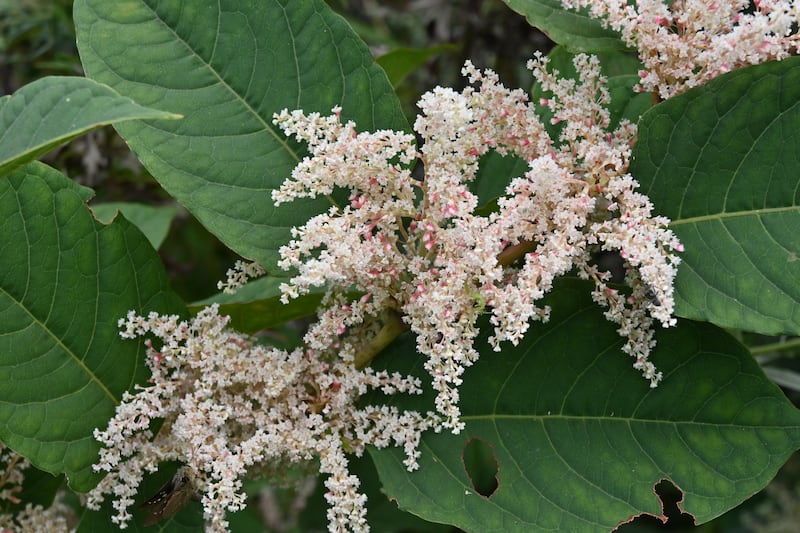Q: We have anemone in our front garden. It has spread uncontrollably, and we want to get rid of it. We have tried digging it up, pulling the new shoots and spraying Roundup, all to no avail. What do you suggest? RK, Co Dublin
A: The anemone genus is a very large one that’s home to several species found growing in Irish gardens or which have naturalised in the semiwild, from the spring-flowering woodlanders Anemone nemorosa and Anemone sylvestris to the late-summer to autumn-flowering Japanese anemone (Anemone x hybrida).
It’s not clear which species you’re referring to but I’m guessing that it’s probably the latter. The Japanese anemone, a graceful, ornamental herbaceous perennial with saucer-shaped flowers in shades of pink and white that appear on tall slender stems, is a staple of many Irish flower borders and is widely available to buy in most Irish garden centres. But it can undoubtedly become a thug if allowed to spread unchecked, to the point where some gardeners now regard it as invasive. Your anemone plants sound like they’ve become exactly this.
[ What every Irish garden needs: exceptional but hardy and resilient plants ]
[ My acer looks dead. How can I help it?Opens in new window ]
Eradicating it entirely will be challenging as it spreads by means of its underground rhizomes, which weave their way extensively through the soil, often meshing in with the root-balls of other plants and hiding in among paving, paths and hedges. Repeatedly digging out its root fragments will certainly do a lot to restrain it, but you’ll need to do so consistently and carefully for several years, while also trying not to disturb any neighbouring plants that you want to keep.
If it has reached the point where it’s completely overwhelming your front garden, another more extreme option is to turn the area over to lawn for a few years and keep it regularly mown. This should eventually kill the plants off as long as you’re vigilant in terms of removing any roots hiding in the crevices of nearby hedges, paving, walls or fences.
As an organic gardener, I don’t advocate the use of chemical weedkillers such as Roundup. But if you’re determined to use it, then it’s vital that you do so safely, wearing proper protective clothing (goggles, gloves and face protection) and on a dry, still, not overly warm day to avoid drift. Also bear in mind that Roundup is a contact weedkiller that’s only effective when applied to the foliage of plants in active growth, through which it’s then translocated to their root systems, a process which after application requires a minimum period without rain of at least six hours. Repeat treatments will almost certainly be necessary.

















